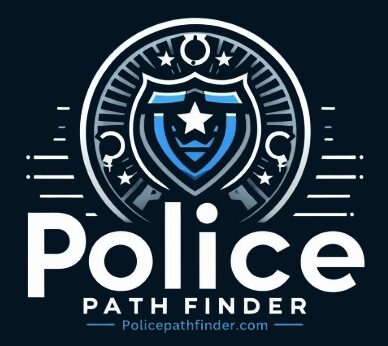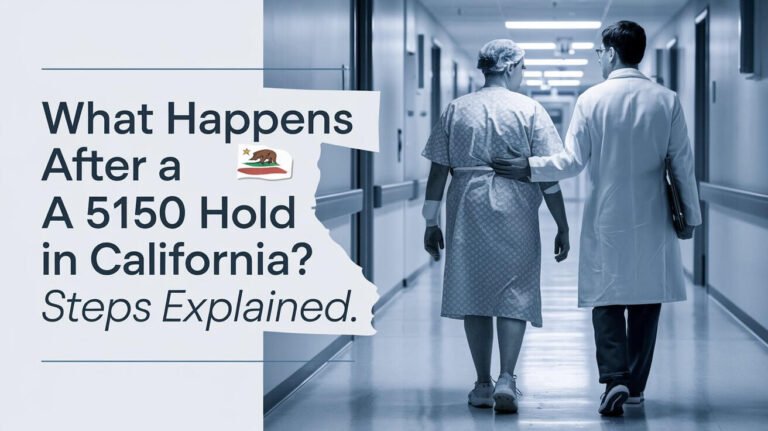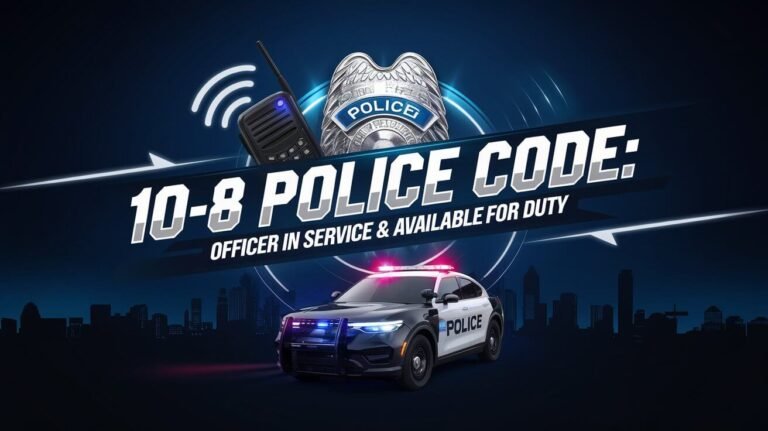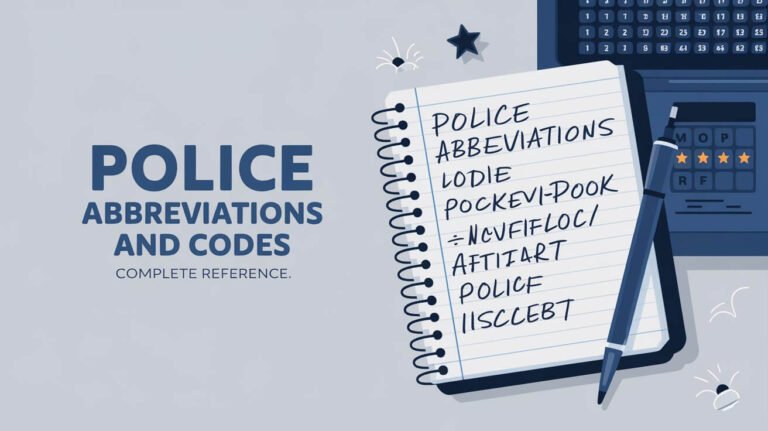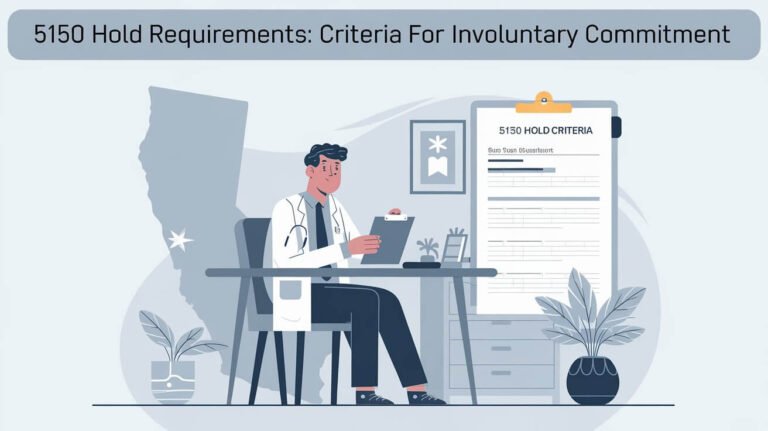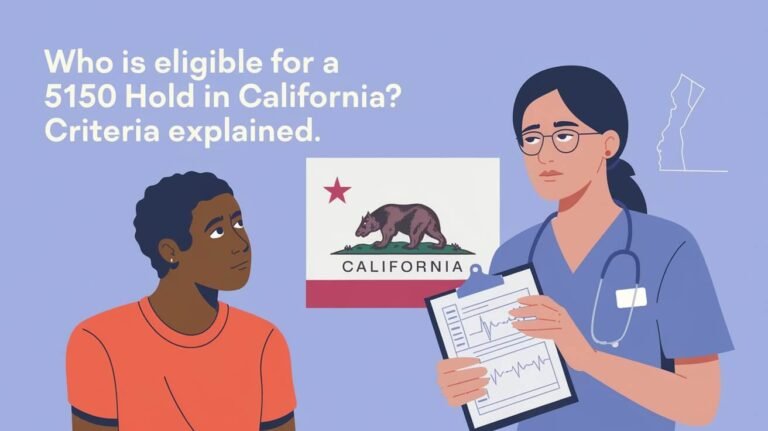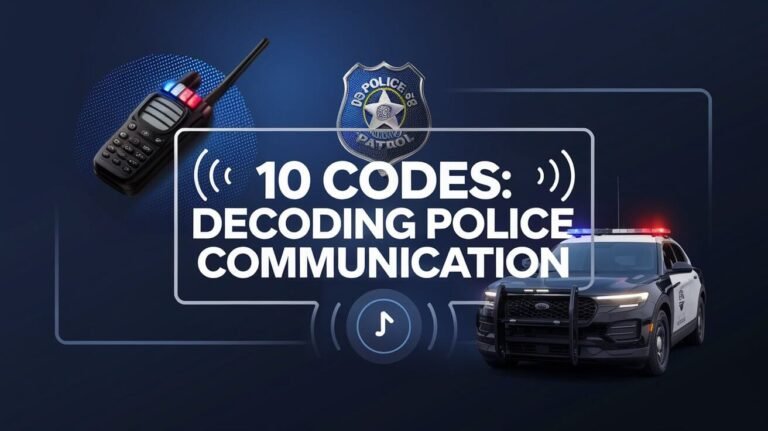Most Common Police 10 Codes: Essential Communication Terms
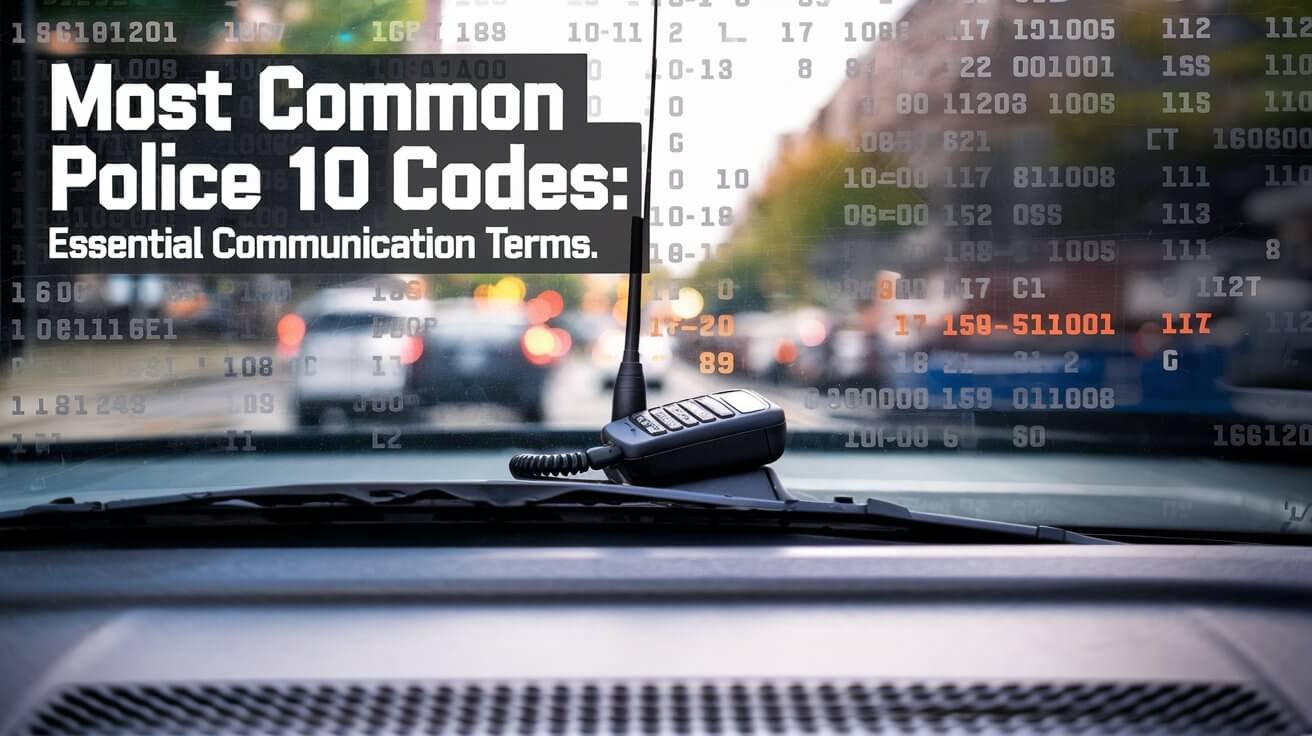
The APCO (Association of Police Communications Officers) created the 10 code system. It helps officers talk clearly over the radio.
Codes like 10-0 (Use Caution) and 10-1 (Poor Radio Reception) are used a lot. They help officers understand each other quickly. This makes everyone safer.
Knowing these codes helps officers work better together. It’s important for keeping everyone safe. The APCO system is used all over the United States. So, it’s essential for law enforcement to know these codes well.
Police Radio Communication Basics
Police radio communication is key to effective law enforcement. Standardized police radio codes, like the APCO Ten Signals, help a lot. These codes started in the late 1930s to make communication clearer on limited channels.
They have grown to cover many situations, from simple updates to emergencies.
Radio Code Origins and Development
The APCO Ten Signals were first suggested in 1939. They were later expanded and updated. In 1974, APCO Project 14 made these codes standard for law enforcement in North America.
The famous “10-4” (meaning “understood”) became well-known thanks to TV and movies.
Primary Communication Methods
- Handheld radios: Worn by officers for immediate and direct communication.
- Vehicle-mounted radios: Installed in police cars, allowing officers to communicate while on patrol.
Signal Quality and Reception Standards
Good radio signals are essential for clear communication. Codes like “10-1” (signal is unreadable) and “10-2” (signal is good) show how well messages are received. This ensures everyone understands.
APCO and regional standards keep communication consistent across agencies.
| Code | Meaning |
|---|---|
| 10-1 | Signal is unreadable |
| 10-2 | Signal is good |
Essential Emergency and Safety Codes
Emergency response codes and officer safety codes are critical. They help officers react quickly to emergencies and stay safe.
Codes like 10-33 (Emergency), 10-45 (Bomb Threat), and 10-55 (Intoxicated Driver) call for immediate action. They ensure officers and support can quickly respond to emergencies and threats. These codes help coordinate a fast and effective response, keeping everyone safe.
Officer safety codes, such as 10-0 (Use Caution) and 10-3 (Stop Transmitting), warn of dangers. They help officers and dispatchers stay alert and take the right precautions. These codes are essential for keeping law enforcement safe and effective.
Critical situation codes, like 10-29 (Check for Wanted or Stolen) and 10-90 (Crime in Progress), help identify and respond to crimes quickly. They give officers the information they need to catch suspects and reduce the harm caused by crimes.
| Code | Description |
|---|---|
| 10-3 | Stand By |
| 10-9 | Repeat |
| 10-14 | Convoy or Escort |
| 10-29 | Check for Wanted or Stolen |
| 10-32 | Chase – All Cars Stand By |
| 10-50 | Message for Delivery by Phone |
| 10-64 | End of Net Message |
| 10-86 | Time Check |
| 10-90 | Crime in Progress |
| 10-99 | Jail Break |
These essential emergency and safety codes are vital for police communication. They allow officers to respond quickly and effectively to their duties.
Most Common Police 10 Codes
Police officers use a set of 10 codes to talk clearly and quickly. These codes help them handle many situations, from simple updates to urgent emergencies.
Location and Status Codes
Location and status codes are used a lot. For example, “10-20” tells where an officer is. “10-7” means they’re off duty, and “10-8” means they’re working.
These codes help everyone know where officers are and what they’re doing.
Emergency Response Codes
In emergencies, police 10 codes are very important. “10-33” means it’s an emergency, so all units need to wait for more orders. Codes like “10-45” for a bomb threat and “10-55” for a hostage situation help officers quickly tell what’s happening and what help they need.
Officer Safety Codes
Keeping officers safe is key, and 10 codes help a lot. “10-0” tells officers to be careful. “10-3” means they should stop talking on the radio for a bit. And “10-4” is a way to say “yes” or “understood.”
These codes help officers work together and stay safe. They’re a big part of how police talk to each other and handle emergencies.
Traffic-Related Police Codes
Police officers use a detailed system of radio codes to talk about different situations they face on the road. These codes are key for quick communication about traffic issues that affect everyone’s safety. Some common ones include:
- 10-50: Vehicle Accident, with variations for the severity (PD for property damage, PI for personal injury, and F for fatal).
- 10-51: Tow Truck Needed, meaning a tow truck is needed for a vehicle issue.
- 10-54: Hit and Run Accident, telling officers about a crash where one driver left the scene.
- 10-55: Intoxicated Driver, warning others about a driver who might be drunk or impaired.
These codes help officers share traffic news, ask for help, and keep everyone safe on the roads. With a set of standard codes, police can handle all sorts of traffic problems efficiently. This includes everything from small accidents to serious ones and violations.
| Code | Description |
|---|---|
| 10-40 | Fight in Progress |
| 10-43 | In Pursuit |
| 10-50 | Vehicle Accident, PD, PI, F |
| 10-54 | Hit and Run Accident, PD, PI, F |
| 10-65 | Armed Robbery |
| 10-80 | Fire Alarm |
Crime and Incident Response Codes
Police use 10-codes, a standardized system, to share important info. These codes are vital for fast and effective action in crime situations.
Robbery and Theft Codes
During robberies or thefts, officers use codes like 10-31 (Crime in Progress) and 10-65 (Armed Robbery). These crime response codes send the right help fast. They also alert nearby units to join the response.
Disturbance and Violent Crime Codes
Keeping the public safe is a big deal. Codes like 10-10 (Fight in Progress) and 10-33 (Emergency – Officer Needs Immediate Assistance) help officers handle disturbances and violent crimes. These violent crime codes make sure the right support is there to help.
Property Crime Codes
The police system also has codes for property crimes, like 10-54 (Livestock on Highway) and 10-62 (Breaking and Entering in Progress). These property crime codes help officers work together to fight crime and keep the community safe.
Using crime response codes, robbery codes, and violent crime codes well is key. It helps police respond quickly and effectively to many crimes.
Vehicle and Registration Check Codes
In law enforcement, clear communication is key during traffic stops and investigations. Vehicle and registration check codes help officers quickly get vital info about vehicles and drivers. These codes are vital in the police 10-code system, helping officers ensure public safety and keep roads orderly.
The most common vehicle and registration check codes include:
- 10-27: Requesting driver’s license information
- 10-28: Checking vehicle registration details
- 10-29: Verifying if a vehicle is wanted or stolen
These codes make it easier to get important data like driver’s license status and vehicle registration. Officers can then make smart decisions and take the right actions to handle any issues.
| Code | Description |
|---|---|
| 10-43 | Meeting point |
| 10-44 | Investigating a suspicious vehicle |
| 10-45 | Investigating the occupants of a vehicle |
| 10-46 | Drunken driver |
| 10-47 | Property damage accident |
| 10-48 | Personal injury accident |
| 10-49 | Request for an ambulance at a specific location |
| 10-88 | Request for a phone number for a specific purpose |
Using vehicle and registration check codes well is key to good police communication. It helps officers quickly get the info they need to keep everyone safe and handle any vehicle or driver issues.
Medical and Emergency Service Codes
In police communication, some codes are for quick medical and fire responses. These codes, like medical emergency and fire response codes, are key. They make sure the right emergency services get to the scene fast.
Ambulance Request Codes
“10-52” is a common code for needing an ambulance. It tells dispatch to send emergency medical help to the location. This ensures quick care for those who need it most.
Fire Department Response Codes
Fire codes, like “10-70” (Fire Alarm) and “10-80” (Fire Out), work with fire departments. They help send the right teams and tools to fires. This helps everyone work together to fight fires quickly.
Medical Emergency Priority Codes
Police also use codes for medical emergencies. Codes like “10-33” (Emergency), “10-45” (Man Down), and “10-55” (Sick Person) help sort urgent cases. This means the most critical cases get help fast.
Using these codes well is vital for public safety. They help with quick and effective emergency responses. This leads to better safety and well-being for everyone in the community.
Regional Variations in Police Codes
Police have used codes for over 80 years for internal talks. But, these codes differ a lot by region or department. The Association of Public-Safety Communications Officials-International (APCO) set a standard in 1955. Yet, different areas might see these codes in different ways, making them hard to understand everywhere.
In Norfolk, VA, “10-33” means “Execute Warrant.” But in other places, it’s for “Emergency.” Walnut Creek, CA, has its own code, “10-86,” for “Any Traffic for Me?” Knowing these local differences is key for good communication between agencies, which is very important in emergencies.
| Location | Code | Meaning |
|---|---|---|
| Norfolk, VA | 10-33 | Execute Warrant |
| Other Regions | 10-33 | Emergency |
| Walnut Creek, CA | 10-86 | Any Traffic for Me? |
The lack of standard police codes has caused communication problems. For example, the Air Florida Flight 90 crash in 1982 showed this issue. Nineteen agencies had trouble because of different radio ways. After 9/11, the U.S. government suggested using plain language instead of codes in 2006.
But, many police departments have been slow to change. They worry about misunderstandings, officer safety, and keeping information secret. They also think using plain language might make them seem less professional. Changing to plain language is hard, needing new systems and lots of training and money.
Even after 10 years, many U.S. police departments are using their own police codes. This leads to ongoing regional code differences and state-specific police code variations. These differences can make communication and coordination during emergencies harder.
Final Thoughts
Police 10 codes are key in law enforcement communication. They have been vital for clear and quick communication for years. With new technology, their role might change, but their main goal remains the same.
Even though there are some differences in use, efforts to standardize these codes are ongoing. This standardization is vital. It lets officers and dispatchers work together smoothly, no matter the situation.
The need for clear communication in law enforcement will keep growing. Police 10 codes have proven their worth over time. They will continue to play a big part in keeping officers and communities safe.
